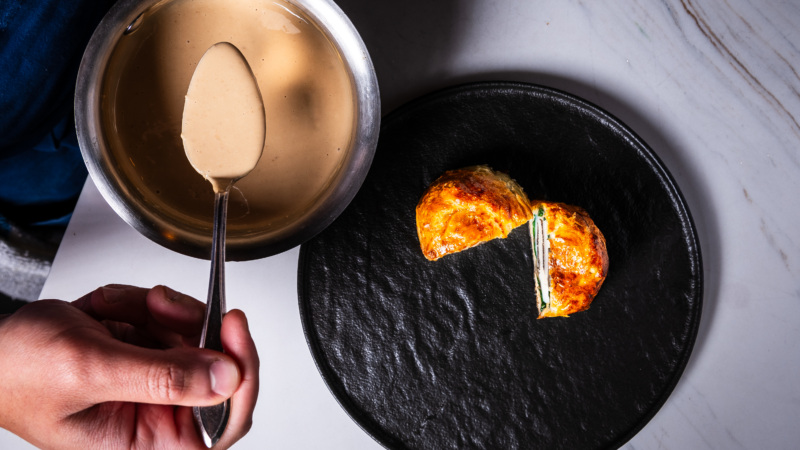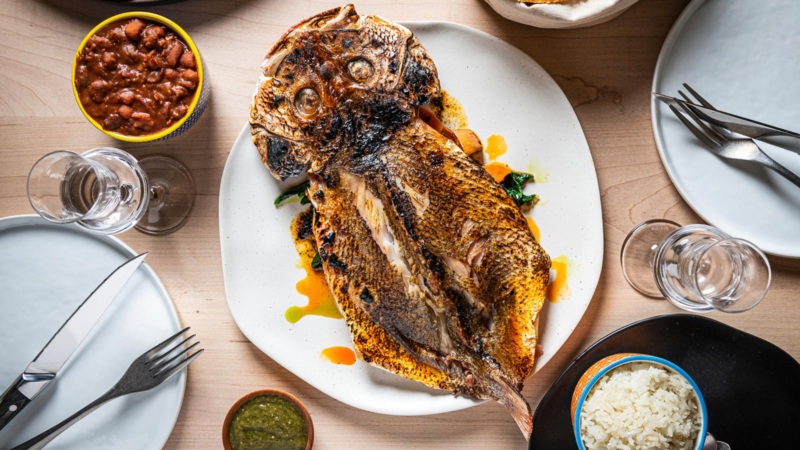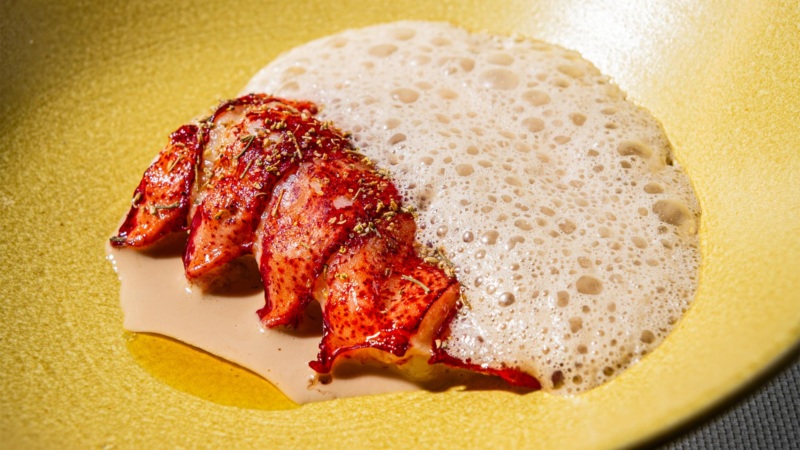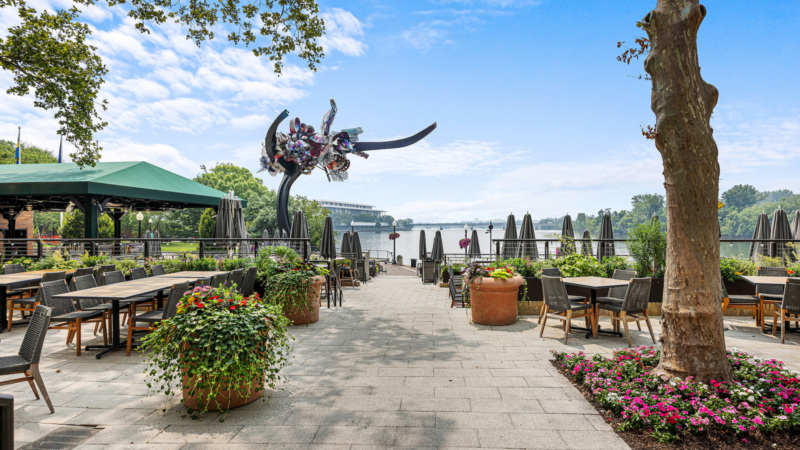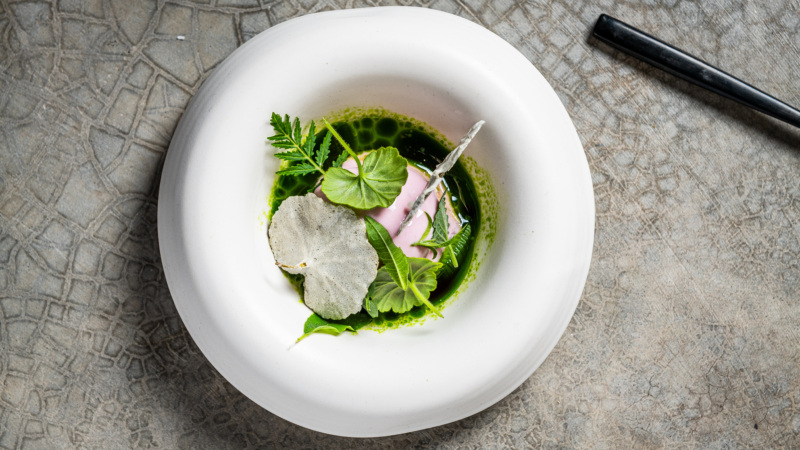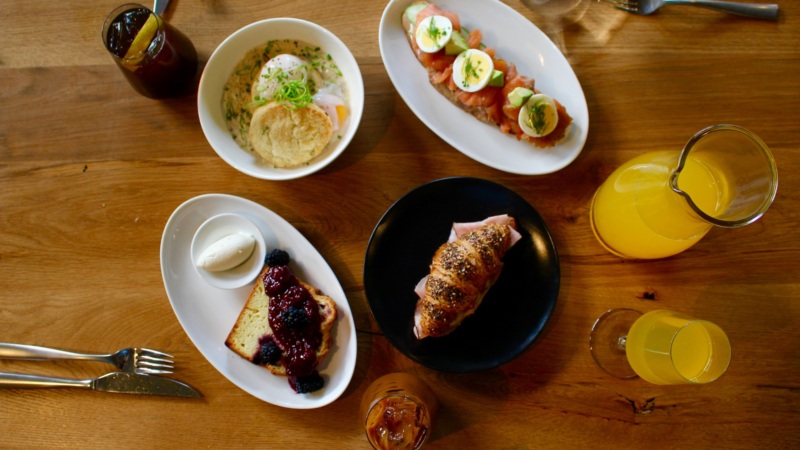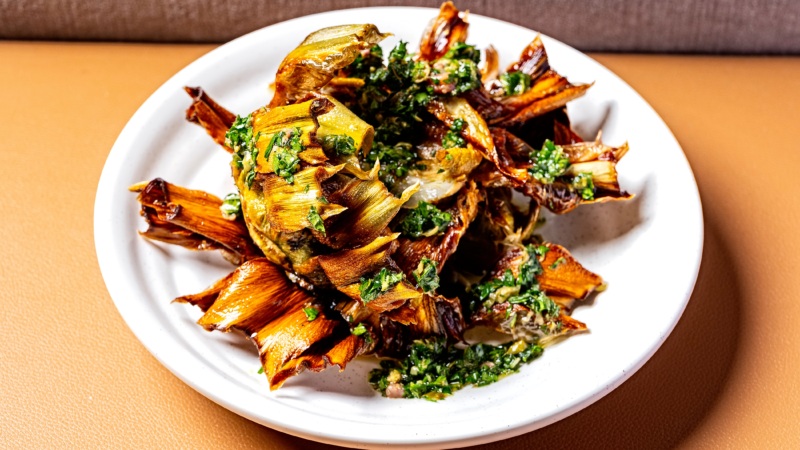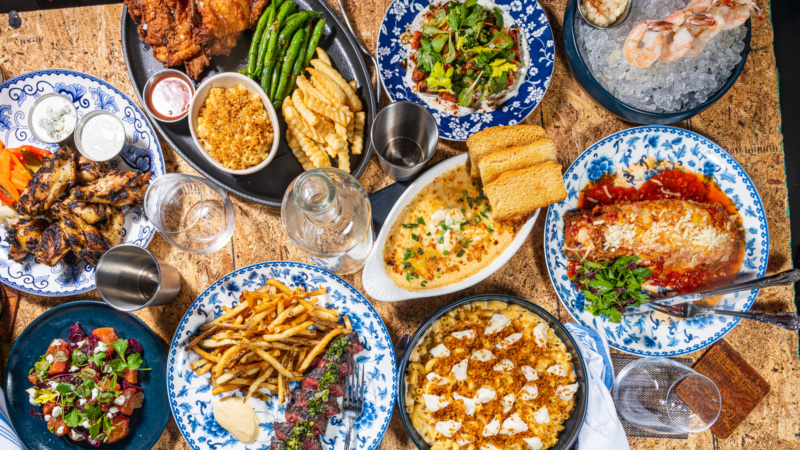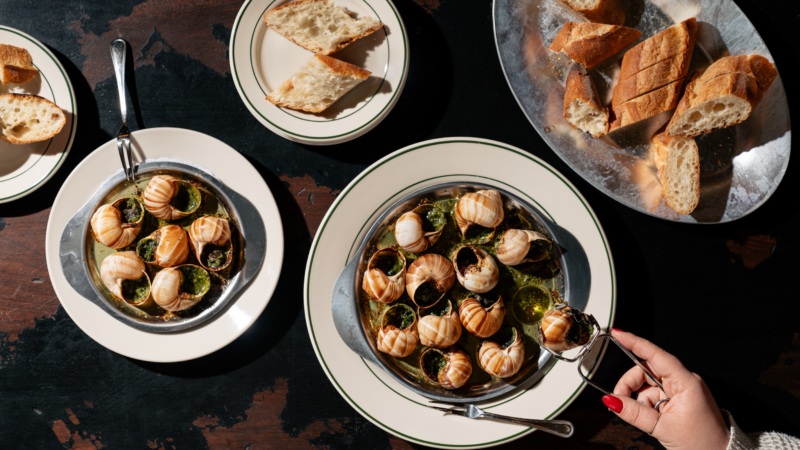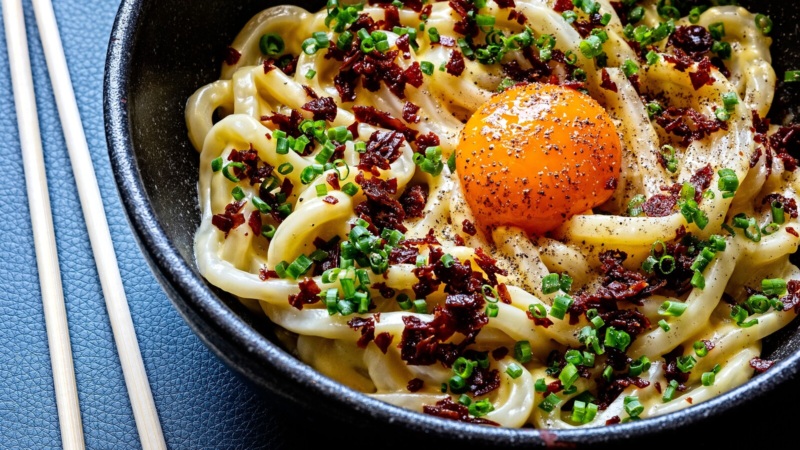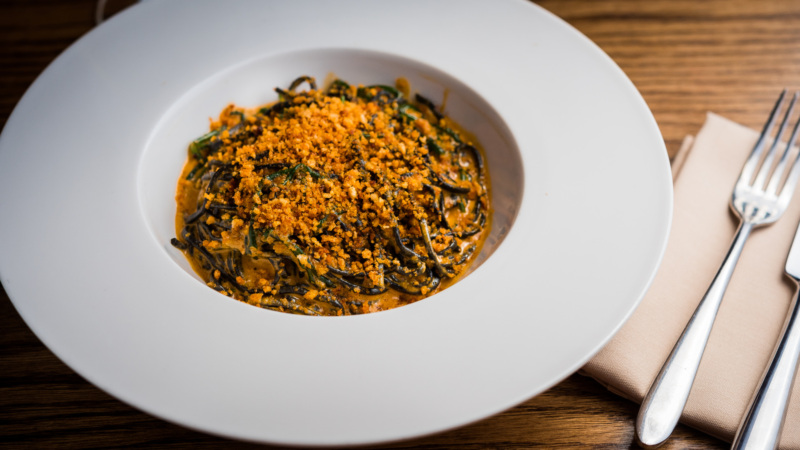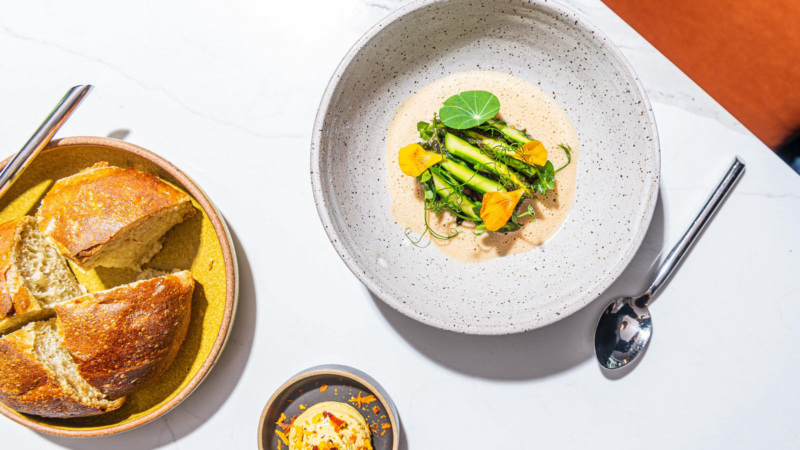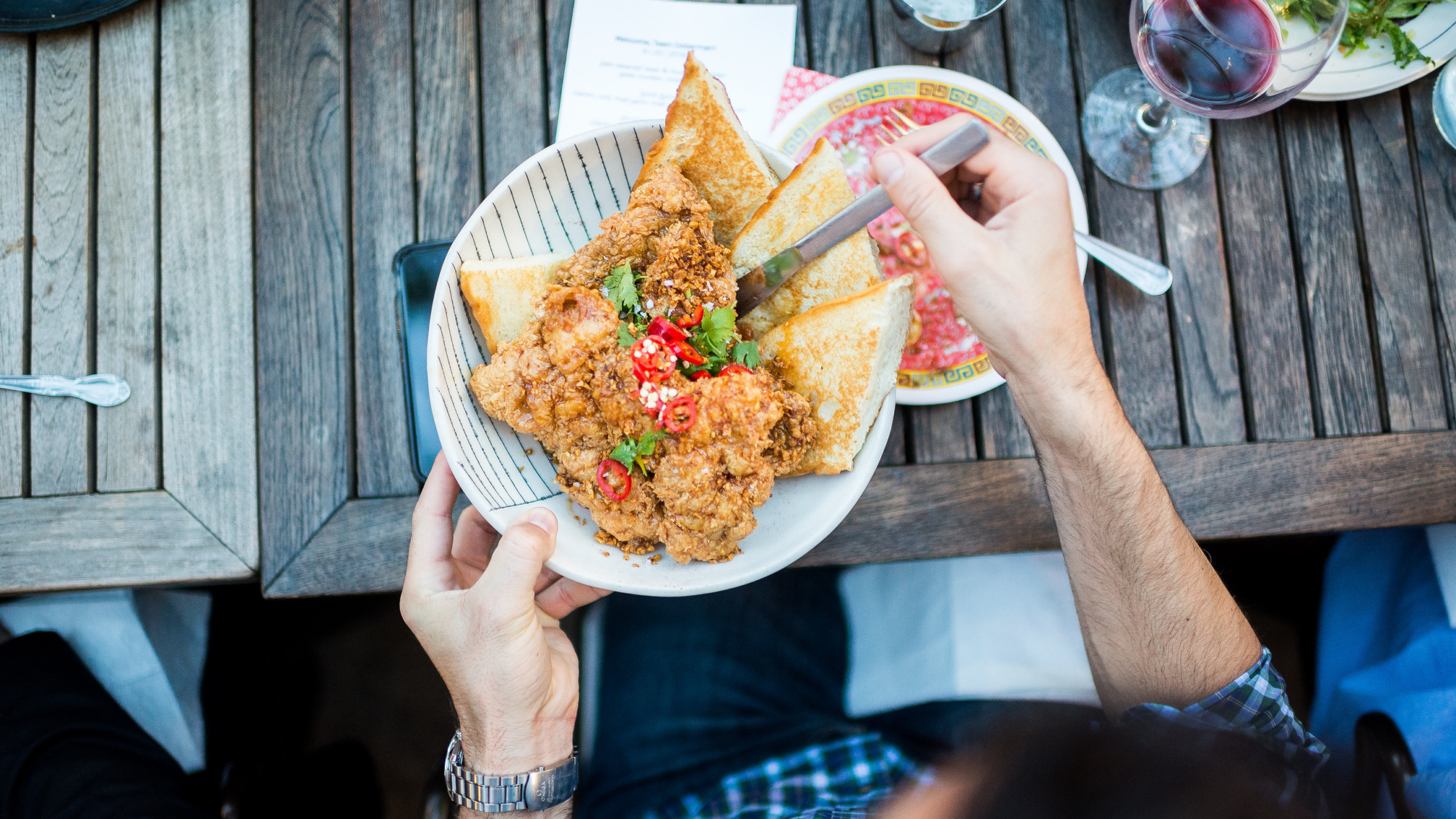
Off Menu with Erik Bruner-Yang
You would’ve been lucky to find a decent bowl of ramen in D.C. ten years ago. But today, the city’s booming culinary landscape tells a different story, one where dim sum brunch is as quintessential as bacon and eggs, and a dizzying array of Southeast Asian flavors, from Laos to the Philippines, permeates the air.
At the heart of it all is the chef who first introduced D.C. to ramen in 2011, Erik Bruner-Yang. The Taiwanese-Belgian maestro is behind some of the city’s most exciting eateries — Maketto, Spoken English, Brothers and Sisters — and was recently nominated for two James Beard Awards. Here, Bruner-Yang shares his restaurants’ philosophies, details for Off Menu Week, and what it means to be an Asian chef in D.C.

Resy: Talk to us about your background. Was there a cuisine you were partial to growing up?
Erik Bruner-Yang: I was born in Taiwan, and then I moved to Long Beach, California. Then, I lived in Japan, near Tokyo, before moving to Woodbridge, Virginia.
One of my favorite restaurants as a kid was this Indian place in Tokyo. I can’t remember the name of it, but we used to go a lot, and it was really good. And then, once we moved to the States, we had a little bit of everything
What drew you to cooking? How did you make the choice to focus entirely on food?
I’ve just always worked in restaurants, since I was fifteen. Even when I went to college and got my degree in business, I had never done any other work besides restaurant work.
I was managing an American sushi restaurant in D.C. called Sticky Rice. I was the front-of-house manager and fully transitioned into the back-of-the-house manager in 2008. I just focused on cooking right around then.
Your first restaurant was Toki Underground, followed by Maketto. Both restaurants were embraced from the start. Do you think D.C. was eager to have these types of spruced-up, homey Asian restaurants?
I think I just had good timing. The chefs who are popular in D.C. for cooking this food, like Tom [Cunanan] from Bad Saint, Kevin [Tien] from Himitsu, and Seng [Luangrath] from Thip Khao, they’ve been around for a long time. The ice kind of got broken, and we went from there.
Toki Underground was inspired by your trips to Taiwan. What do the concepts at Spoken English and Brothers and Sisters portray?
Brothers and Sisters, conceptually, is inspired by Japanese culture’s love of American culture. That’s how we approached it. We wanted [Brothers and Sisters] to feel like an American restaurant in an Asian country. And then Spoken English is the adult, fun version of Toki.
And what about Maketto?
Maketto is really the story of my relationship with my wife. She’s Cambodian-American, and we’ve lived in this neighborhood for a long time, because of Toki. This project started because we wanted to do [a concept] where people could go to eat all day long. A lot of people [were] starting families here—we were starting a family—and [we wanted] to bring Cambodian food to the region, even though we’re not really a Cambodian restaurant.
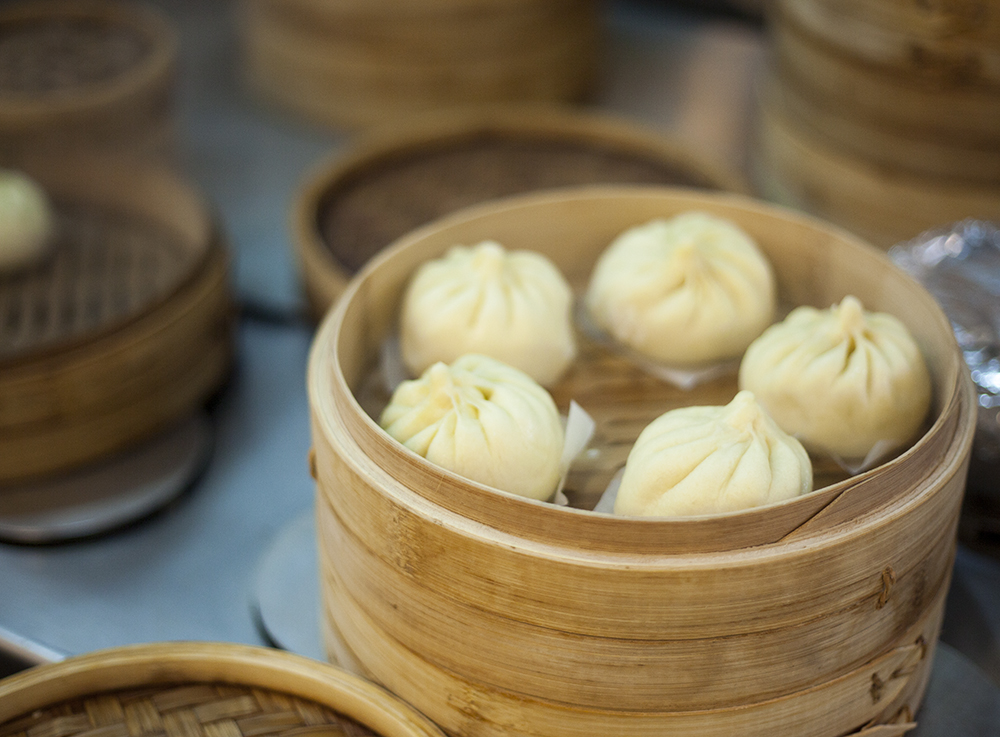
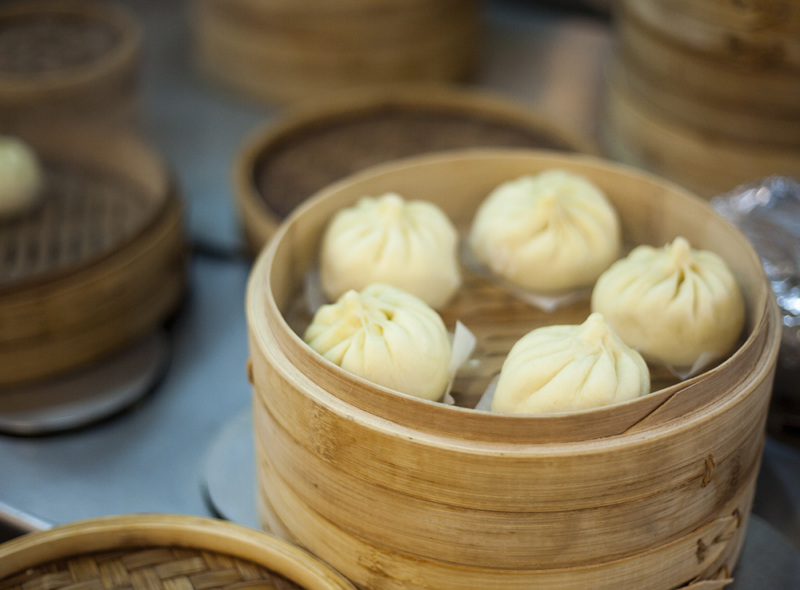
Since Maketto is [self-professed] not a Cambodian restaurant, how would you characterize the food?
Taiwanese- and Cambodian-inspired is how we describe it. When we first opened, we used to distinguish, “Ok, this is a Taiwanese dish, and this is a Cambodian dish,” but over the years, it evolved into its own style.
How so? Is it more personal, are you being more playful?
I think it’s a mix. There’s a lot of food here that’s just really geared toward being a good neighborhood restaurant—you know, simple stuff—and there’s a lot of foodie stuff at the same time, it’s a balance between the two. We use a mix of Southeast Asian and Chinese ingredients.
Overall, the food you’re cooking seems very personal to you. You’re clearly intimate with the cuisine and its culture. Was that important to you?
I always try to make sure that whatever we do, it feels like an honest interpretation of who I am as a person. Maybe in the future, it will evolve, and we’ll have an Italian restaurant, or something. But if we do that, it’s because there’s a story related to it, a personal connection, instead of just saying, “Ok, we’re going to do burgers, ‘cause burgers make a ton of money!”
Which restaurant was the most challenging to execute?
Brothers and Sisters is the hardest restaurant I’ve ever done, for sure. It’s an interpretation of American food, without being fusion, right? We want it to feel American, and we want it to have that nuance. We didn’t want to sub out Asian ingredients to make it feel Asian. It was the hardest restaurant to dial in, but right now, I’m pretty happy with it.
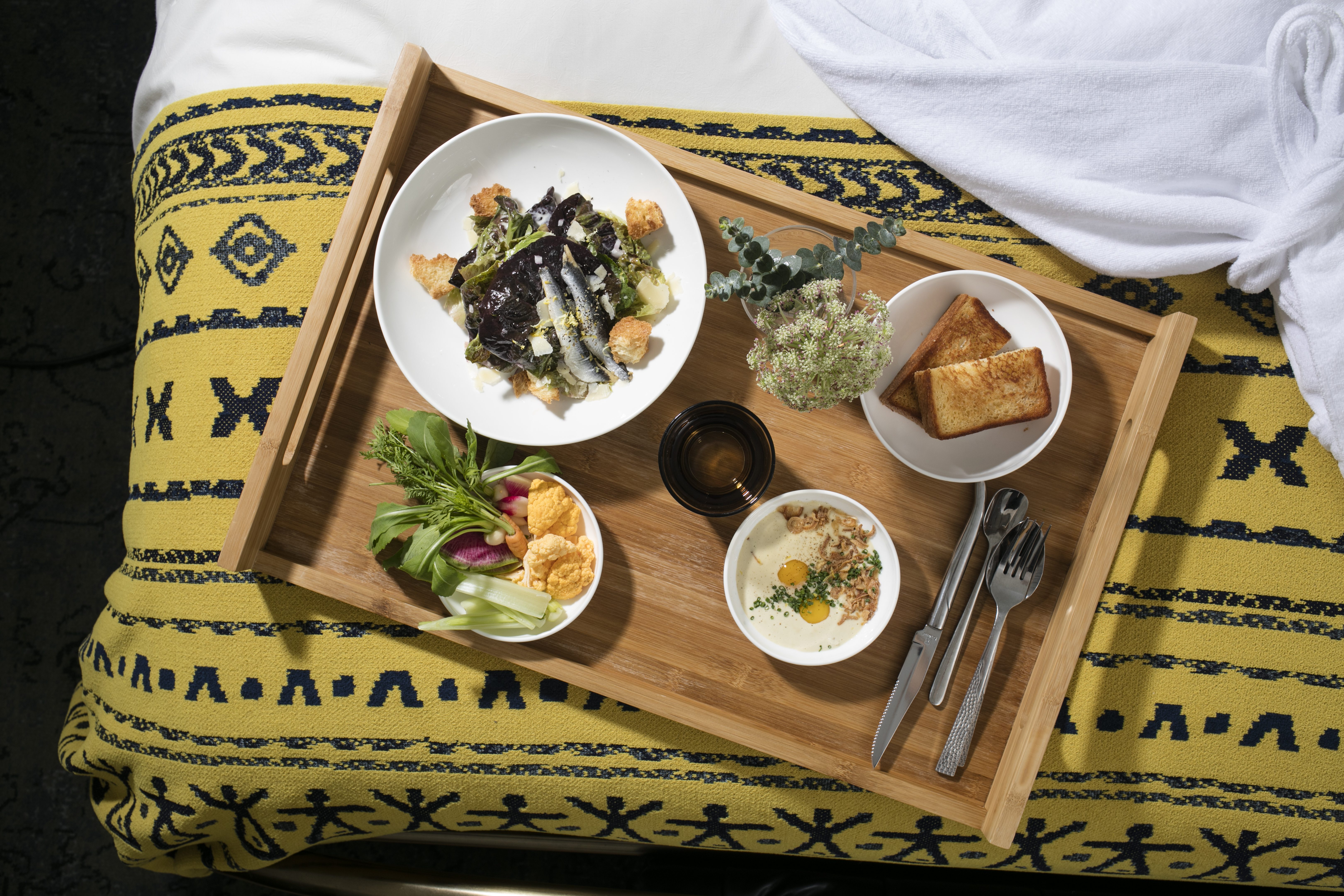
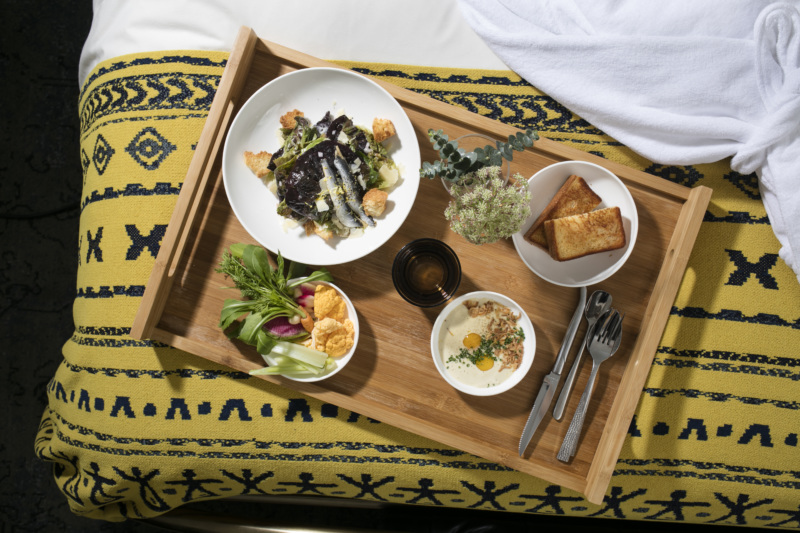
Is there a dish that embodies this Japanese lens of American culture the most?
Brothers and Sisters is about what it means to be third culture, whether it’s Chinese or Japanese. And I think the dish that best represents this notion is our knife-cut noodle dish. It’s Chinese noodles with an Italian-made pork fennel sausage. It’s Italian, it’s Chinese, it’s American, [and] probably our most comprehensive story-telling dish.
Is there a cuisine that completely daunts you?
French. I don’t want to cut my vegetables all that small, or all that perfectly. And I hate pastry! I don’t like to measure, and I don’t like flour getting all over me [laughs].
Well, it’s a good thing you have [Brothers and Sisters pastry chef and James Beard Award finalist] Pichet Ong with you, then.
That’s right.
What drew you to participating in Off Menu Week?
I think it’s a super fun idea. The cooks here, and even the servers, are rarely eating the things that we serve everyday, because we serve them all the time. So, it’s kind of fun to play with the [ingredients] we always have, and serve it to our customers as a unique experience. We’re doing Pidan tofu at Maketto just because I f***ing love it. It’s the fermented black egg with tofu, and it’s all smashed up with scallions. It’s really creepy-looking.
So the thinking behind all three Off Menu Week menus [at the respective restaurants] was the same: whatever the cooks want to cook?
Yep, exactly. Something they’ve probably already cooked for themselves, with the ingredients that they have access to every day.
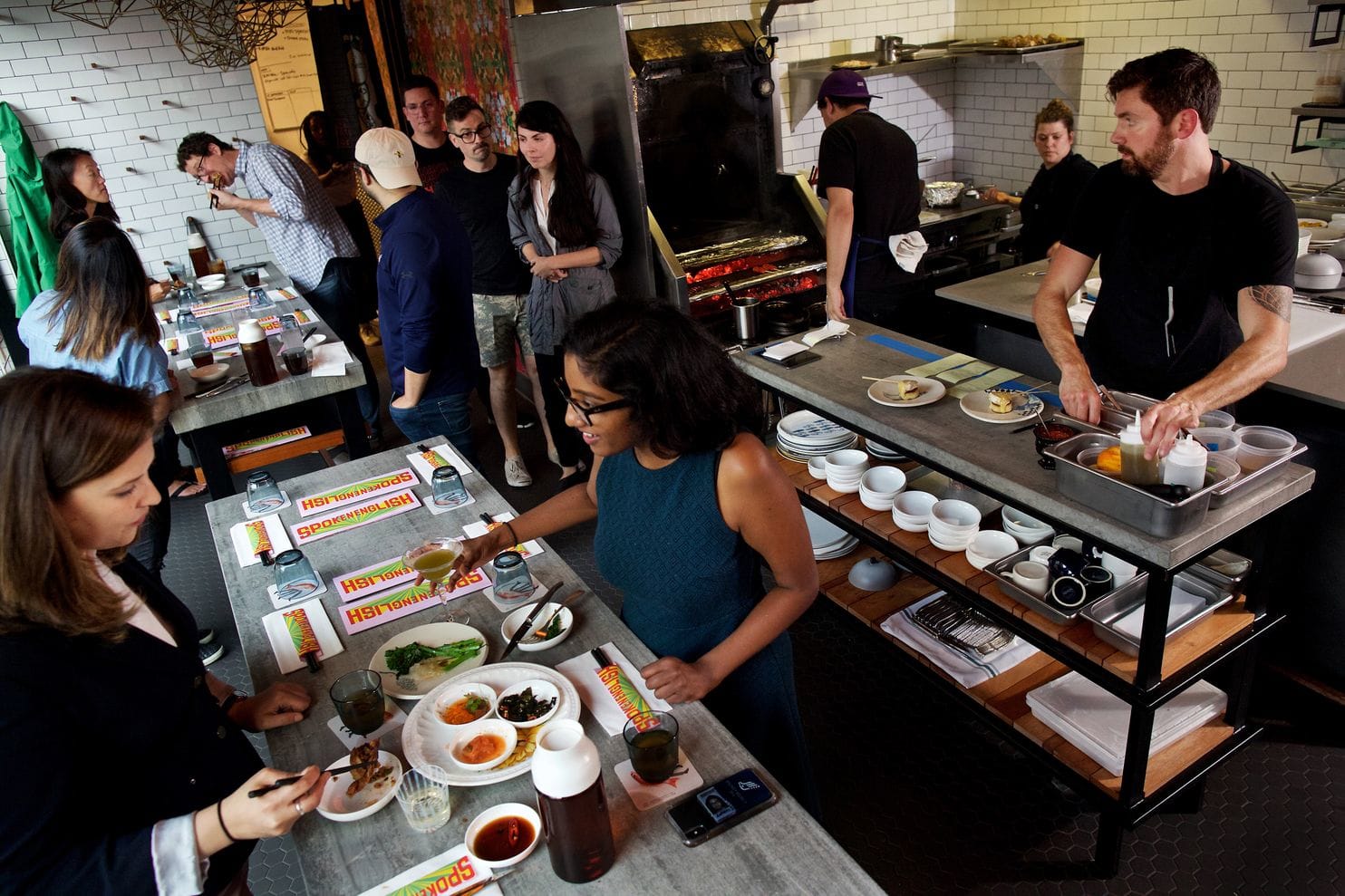
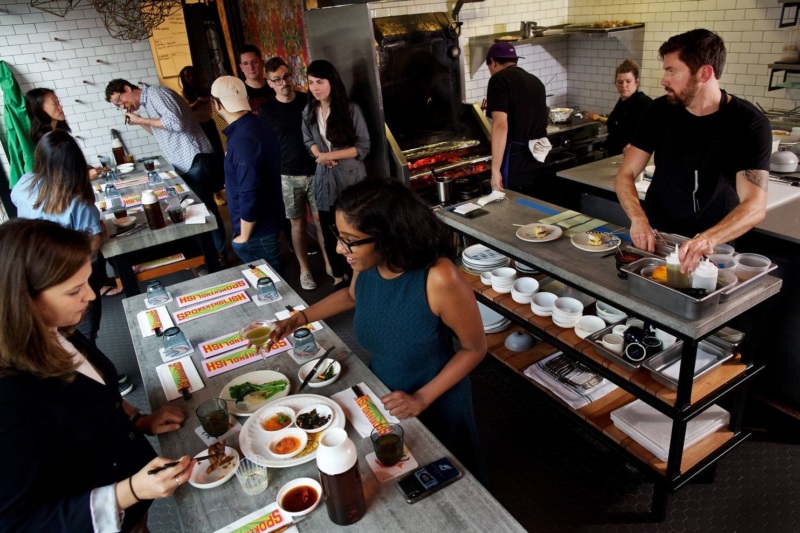
Any ideas on what type of concept you’d like to do next?
You know, I’m not a part of Toki Underground anymore, even though it’s part of my story. One day, I’d do another noodle shop in the future, whenever I’m ready for it… I have to be emotionally ready for it.
But you see yourself as always staying close to Asian cuisine?
I think it’s hard to do something else. It’s really strange, right? Like a white chef can go back-and-forth. They can open a Chinese restaurant, open a pizza place, open this thing and be like, “I travelled to Japan, blah blah blah,” and it’s acceptable, right? I think it’s harder for chefs with racial identity to not be pigeon-holed into a style.
Do you have a stance on cultural appropriation when it comes to food that has racial identity?
The perfect example is Rick Bayless. He single-handedly changed the way Americans view Mexican food, which really paved the way for an acceptance of true Mexican flavors in America. And that has to happen sometimes for change to occur, like someone’s got to take the torch. And he’s really great about it. But I think someone of non-culture will never have the emotional burden of what it means to cook that food, what prices we can charge, or the challenge we get, even from our own people, of whether it’s authentic or not. That’s something they don’t ever have to deal with.
Last question: what’s your favorite thing about each of the cuisines you’re intimate with?
Japanese would be its honor to tradition. Taiwanese would be its hodge-podge of other Asian cultures—a lot of Japanese, Korean, and mainly Chinese influences. America, deep fries—anything deep-fried is good to go. And for Cambodian food, I love its complexity.

